Tel Aviv is truly a city that never stops. With 14 kilometers of Mediterranean beachfront, promenades, sandy beaches, numerous cafes and restaurants, fancy hotels, trendy nightclubs, and endless blue horizons, Tel Aviv is a must-see destination on any visitor's Israel itinerary.
The city has been recognized by travel magazine Conde Nast Traveler as one of the best food cities in the world as well as offering a cuisine suitable for the most discerning vegetarians. Tel Aviv has frequently been mentioned as one of the most gay-friendly travel destinations with its gay beaches and huge annual Pride Parade. But the city's best kept secret is its colorful open air market.
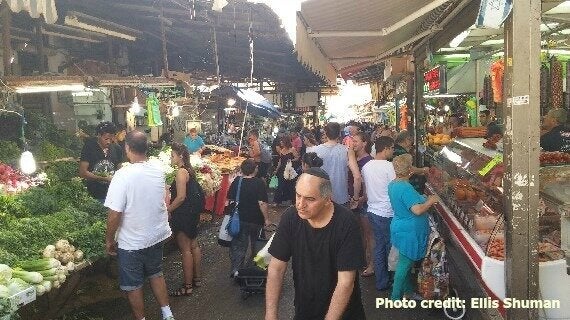
The Carmel Market (Shuk Hacarmel) runs from Magen David Square at the intersection of Allenby, King George and Sheinkin Streets to the Carmelit bus terminal in south Tel Aviv. On its central street you can purchase fresh fruits, vegetables, spices and pickled goods, boutique cheeses and beers, meat and fish, freshly baked bread and pastries, halva and candy, coffee, dry food and other groceries, household accessories, low-priced clothing, paper goods, music, flowers, souvenirs, and much more. The loud cries of the vendors vying for customers' attention make the visit a multi-sensory experience. The market is particularly crowded on Fridays when shoppers are stocking up for Shabbat.
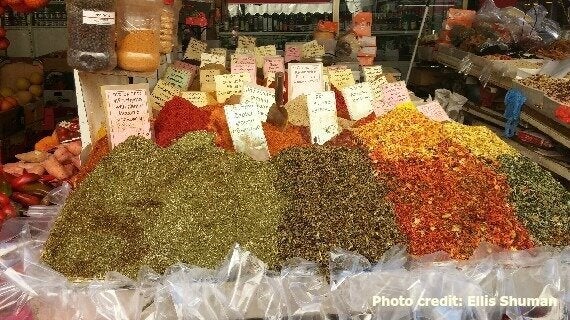
Before exploring the Carmel Market, it's good to know a little bit of the market's history. Tel Aviv is a relatively new city, established in 1909 in the sand dunes outside the much older Yafo (Jaffa). Yafo was mentioned in the Bible and was ruled by the Canaanites and Phoenicians before being conquered by King David and King Solomon. Alexander the Great and the Romans stationed troops in the port city, and it was conquered by the Arabs, the Crusaders, the Ottomans, and Napoleon. Theodor Herzl arrived at Yafo port on his visit to the Holy Land.
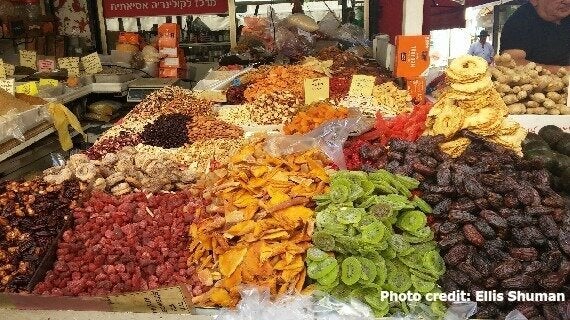
Jews first moved out of Yafo and set up their own neighborhood of Neve Tsedek in 1887. Twenty-two years later, in 1909, 66 families created Ahuzat Bayit, the first neighborhood of the new city of Tel Aviv. The first five streets of the Jewish city are still well known today: Herzl, Ahad Ha'am, Lilienblum, Rothschild, and Yehuda Halevy.
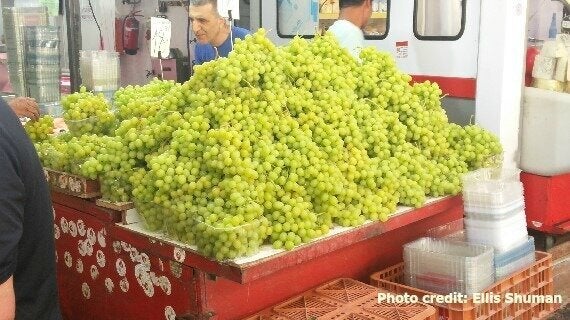
Following riots in 1921, most Jews left Yafo for good to move to Tel Aviv and the establishment of the Carmel Market, as well as the market on Levinsky Street, followed. Tel Aviv and Yafo were joined together as a single municipality in 1950. Yafo is today a mixed city, with Jewish, Muslim, and Christian residents. Its port, art galleries, flea market and iconic Clock Tower are popular attractions.

Located in the streets adjacent to the Carmel Market is the colorful Yemenite Quarter. Kerem Hateimanim, literally the Yemenite Vineyard, was set up as a "road stop" on the way from Yafo across the dunes to the Jewish Trumpledor cemetery following a cholera epidemic in 1902. Its original inhabitants were Jews who had come to Israel from Yemen in the late 1800s. They were later joined by the mass immigration of Yemenite Jews to Israel following the establishment of the State.
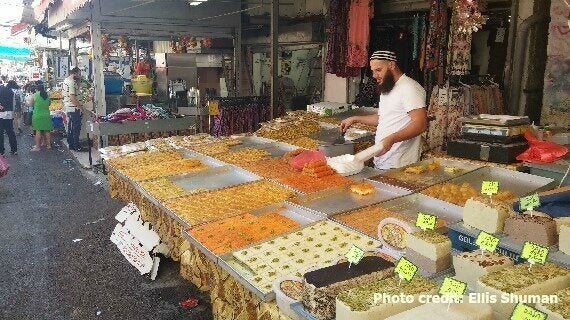
Once one of the city's poorest areas, Kerem Hateimanim is today enjoying a real estate boom. The quarter's picturesque streets are home to tasty Yemenite restaurants serving jahnun, malawach, hilba, semna and a spongy Yemenite bread called lachuch.
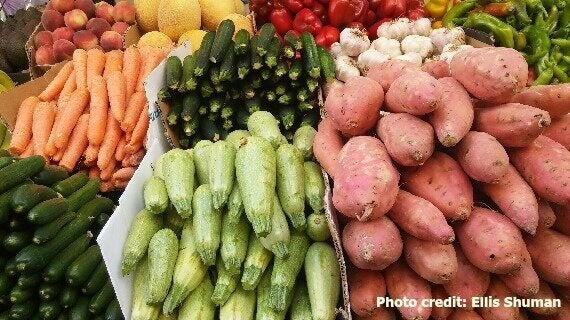
Tasting its fresh produce and mouthwatering oriental foods make a stopover in the Carmel Market and the surrounding streets a highlight of any visit to Tel Aviv.
